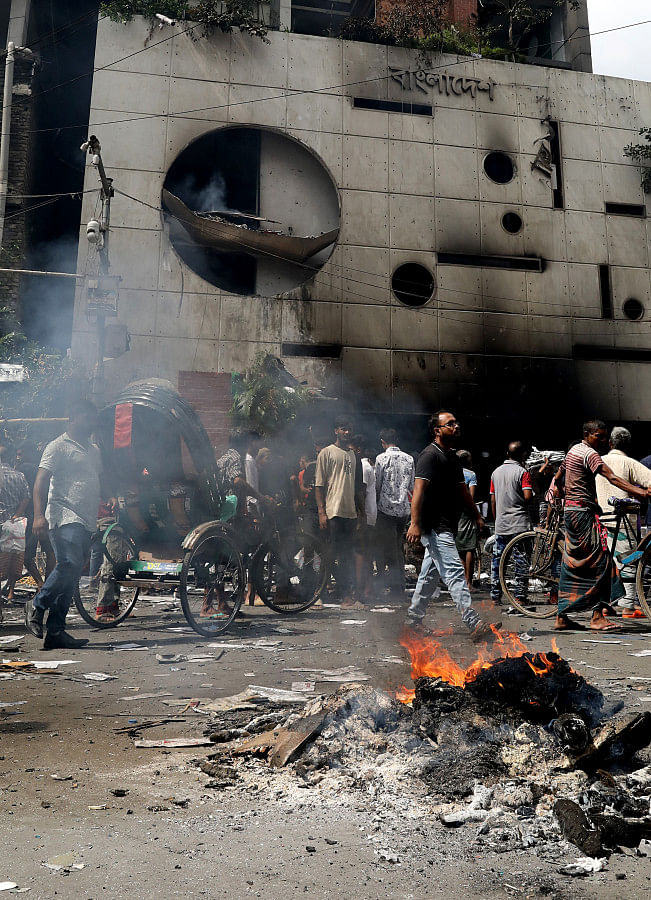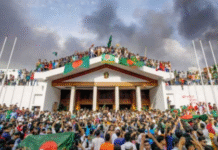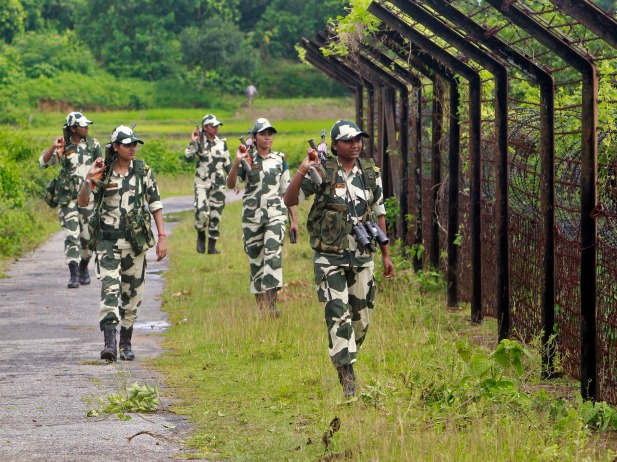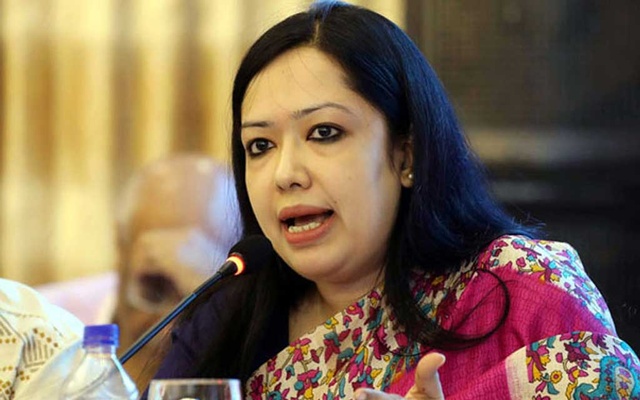
Last update on: Thu May 22, 2025 11:18 AM

When the Awami League government initiated the prosecution of Jamaat-e-Islami leaders at the International Crimes Tribunal in 2010, it justified the use of an unamended International Crimes (Tribunal) Act, 1973 by arguing that the act was modelled on the legal framework used in the post-World War II Nuremberg Trials. According to the government and its supporters, the act reflected international legal standards because it paralleled the laws under which senior Nazi leaders were prosecuted.
This justification, however, ignored the substantial evolution of international law between 1945 and 2010. While the Awami League may have been correct in saying the 1973 act adhered to the standards of the 1940s, it failed to recognise that international legal standards and definitions had significantly developed over the subsequent six decades. As such, relying solely on the Nuremberg framework in 2010 was highly problematic.
Today, we see a troubling echo of that historical distortion. Some proponents of banning the Awami League draw comparisons between the party and the Nazi Party, citing the Allied powers’ postwar dissolution of the latter as justification. Such analogies are frequently accompanied by the claim that the Awami League is comparable to the Nazi Party.
There are profound and fundamental differences between Nazi Germany and the Awami League’s governance in Bangladesh. Nazi Germany was a totalitarian dictatorship, enforced through institutions like the Gestapo and SS, that invaded countries across Europe in pursuit of global domination. It implemented the industrial-scale genocide of six million Jews and millions of others, including Roma, disabled individuals, political dissidents, and more, through a system of concentration camps and gas chambers.
To equate this with the Awami League is both to trivialise the enormity of Nazi crimes and distort the reality of Bangladeshi politics. While serious criticisms of the Awami League are both valid and necessary, they must be proportionate and grounded in fact.
There were extrajudicial killings during the Awami League rule—deplorable and indefensible—but between 2009 and 2023, according to Odhikar, these numbered below 200 annually, comparable to the average yearly figures of killings recorded during the five years of the previous BNP government: just over 200 killings per year. The Awami League government did suppress media freedom and censor free speech more generally, shutting down Amar Desh and Sangram, imprisoning at least two editors, closing a couple of TV stations and arresting hundreds under restrictive social media laws. Yet, independent media continued to operate, with plenty of criticism. Under the BNP rule, ETV, a popular independent TV station, was forcibly closed.
Disappearances did occur under the Awami League, a grim development that marked a break from previous governments, but while very serious, the scale must be understood in context. Though we still have to wait for the final report of the Commission of Inquiry on Enforced Disappearances, until August 2024, human rights organisations documented around 200 cases of individuals who either remained missing or were later found dead throughout the 15-plus years of Awami League rule—a tragic and deplorable figure, but far below the scale seen in Argentina or Chile in the 1970s and 1980s, or Sri Lanka, where tens of thousands were disappeared and killed.
Elections in 2014, 2018, and 2024 were deeply flawed, with the 2018 election widely regarded as rigged. Still, elections were held, and opposition parties had the option to participate—unlike in Nazi Germany, where from 1933 onwards, all political parties and opposition of any kind was banned.
Yes, the Awami League promoted a cult of personality and a divisive form of nationalist ideology, but it was neither racist nor supremacist in the way Nazi ideology was. The Awami League’s nationalism was rooted in the legacy of the Liberation War, not in theories of ethnic superiority.
Nazi Germany was a totalitarian dictatorship, enforced through institutions like the Gestapo and SS, that invaded countries across Europe in pursuit of global domination. It implemented the industrial-scale genocide of six million Jews and millions of others, including Roma, disabled individuals, political dissidents, and more, through a system of concentration camps and gas chambers. To equate this with the Awami League is both to trivialise the enormity of Nazi crimes and distort the reality of Bangladeshi politics. While serious criticisms of the Awami League are both valid and necessary, they must be proportionate and grounded in fact.
So any comparison of the Awami League government with Nazi Germany does not stand up to scrutiny. Nor does trying to justify the ban on its activities on the back of what the Allied powers did in 1945 after the end of a six-year global war and genocide. The ban on the Nazi Party is no “global precedent,” nor is it “conceptually similar” as some have argued in seeking to justify the ban.
It is telling, and somewhat troubling, that the current government must reach back 80 years to 1945 to defend its decision—just as the Awami League once did when invoking history to legitimise the International Crimes (Tribunal) Act. Far more recent examples of political party bans offer cautionary tales, even if they are not historically analogous: the banning of the Ba’ath Party in Iraq in 2003, which helped ignite a civil war, or the proscription of the Muslim Brotherhood in Egypt in 2013, which led to widespread human rights abuses. These cases highlight the dangers of outlawing major political forces in a polarised society, without being direct historical comparisons to contemporary Bangladesh.
The misuse of Nazi analogies is part of a broader pattern of rhetorical distortion. The Awami League is casually described as “fascist.” Key characteristics of a fascist party include the glorification of war and an aggressive belief in the superiority of the nation or an ethnic group. While elements of the Awami League’s conduct may well resemble certain authoritarian traits of a fascist party, it is inaccurate to describe it as one.
Apart from all these descriptions being intellectually inaccurate, they are politically reckless and dangerous. Such rhetoric helps to legitimise repressive actions—whether through baseless arrests of party members and supporters, which have been going on in recent months, or in outright party bans, as has just been announced.
For more than 15 years, Bangladesh endured a political climate in which the Awami League frequently distorted public discourse. Critics were branded as “Razakars” (collaborators), and even the main opposition party, the BNP, was routinely labelled “anti-liberation” or a “terrorist” organisation. This rhetoric served to justify a series of repressive actions. Now, with the fall of the Awami League, the question arises: is Bangladesh simply going to mirror the same manipulative rhetoric—only with new vocabulary and different targets?
David Bergman is a journalist who has written about Bangladesh for many years. He is on X at @TheDavidBergman.
Views expressed in this article are the author’s own.









